The Fabled Treasure of the Aztec Empire
In the heart of the Aztec Empire, under the reign of Montezuma II, unimaginable wealth glittered in the form of gold, silver, and precious jewels. When Spanish conquistador Hernán Cortés arrived in Tenochtitlán in 1519, he marveled at the city’s opulence—golden ornaments, intricate jewelry, and vast stores of treasure. Historical accounts, such as those from Bernal Díaz del Castillo’s chronicles, describe rooms filled with gold artifacts, from ceremonial masks to jaguar statues, amassed through tributes from vassal states. Yet, when Cortés and his men fled the city during the chaotic Night of Sorrows in 1520, much of this treasure vanished. The legend of Montezuma’s gold was born, a tale of a colossal hoard hidden from the Spanish, sparking centuries of speculation and treasure hunts. Was it sunk in Lake Texcoco, spirited away to a secret vault, or lost to time? The absence of concrete evidence fuels the mystery, making it one of history’s greatest unsolved enigmas.
The scale of the treasure is staggering. Estimates based on Spanish records suggest the Aztecs held gold worth millions in today’s dollars, alongside emeralds, jade, and turquoise. Montezuma, believing Cortés to be the returning god Quetzalcoatl, initially offered gifts, only to face betrayal as the Spanish demanded more. After Montezuma’s death in 1520—possibly at the hands of his own people or the Spanish—the treasure’s fate became murky. Some accounts claim the Aztecs, fearing further looting, hid their riches in a desperate bid to preserve their legacy. The lack of written Aztec records, as they relied on oral traditions and codices (many destroyed by the Spanish), leaves us with fragmented clues, inviting theories ranging from hidden caves to sacred cenotes.
The Night of Sorrows and the Trail of Gold
The pivotal moment in the mystery occurred on June 30, 1520, during La Noche Triste, when the Aztecs drove Cortés and his men from Tenochtitlán. Laden with looted gold, the Spanish fled across the city’s causeways, only to be attacked. Many drowned in Lake Texcoco, weighed down by their greed, and much of the treasure sank with them. Divers and archaeologists have since scoured the lakebed, with occasional finds like gold bars and jewelry, as noted in a 1981 excavation reported by Mexico’s National Institute of Anthropology and History. Yet, the bulk of the hoard remains unrecovered, leading to speculation that the Aztecs retrieved and hid it during the chaos. Could surviving priests or nobles have transported it to a remote stronghold, perhaps in the Sierra Madre mountains?
Another theory points to a deliberate Aztec strategy. Some historians, citing codices like the Florentine Codex, suggest Montezuma’s successors, such as Cuauhtémoc, orchestrated a plan to safeguard the treasure. Cuauhtémoc, the last Aztec emperor, was tortured by Cortés to reveal the gold’s location but remained silent, dying in 1525. His defiance hints at a well-guarded secret, perhaps tied to sacred sites like the Templo Mayor, where excavations have uncovered ritual offerings but no massive hoard. The mystery deepens with tales of Aztec runners carrying gold north, possibly to what is now the American Southwest, connecting this legend to other mysteries like the lost treasures of the Grand Canyon, rumored to hold ancient caches.
Modern Quests
For centuries, treasure hunters, archaeologists, and adventurers have chased Montezuma’s gold, driven by cryptic clues and tantalizing leads. In the 19th and 20th centuries, expeditions scoured Mexico and the southwestern United States, with some pointing to Utah’s Kanab region, where local legends speak of an Aztec vault hidden in the desert. A 1920s claim by prospector Freddy Crystal, who allegedly found a cave with Aztec symbols, sparked a frenzy, though no treasure materialized. Modern technology, including ground-penetrating radar and satellite imaging, has been employed, yet results remain inconclusive, as reported in a 2015 National Geographic feature on lost treasures. The lack of definitive finds keeps the mystery alive, with each expedition adding to the lore.
The enduring allure of Montezuma’s gold lies in its unanswered questions. Was it a single hoard, or were multiple caches hidden across the empire? Did the Aztecs melt down their treasures to thwart the Spanish, or are they still buried in a jungle-shrouded pyramid? The mystery also carries cultural weight, symbolizing the resilience of a civilization nearly erased by conquest. Related mysteries, like the lost city of Aztlán, the mythical Aztec homeland, add layers, suggesting the gold could be tied to a sacred origin point. Until hard evidence surfaces, Montezuma’s treasure remains a tantalizing puzzle, drawing the curious to unsolvedx.com for the latest theories and discoveries in this and other unexplained phenomena.

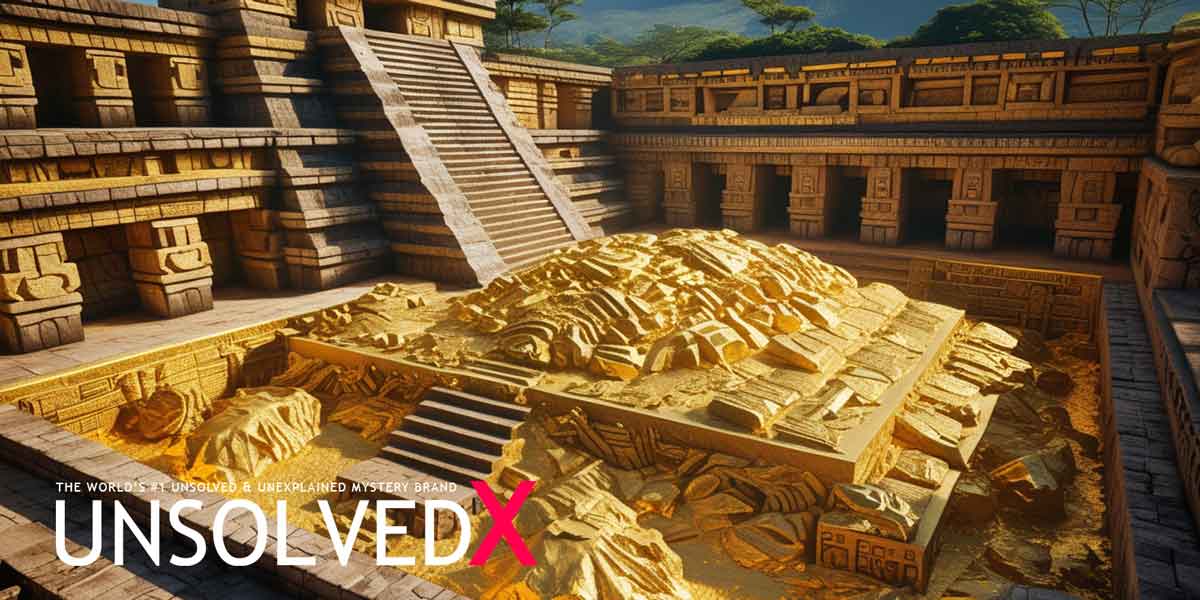
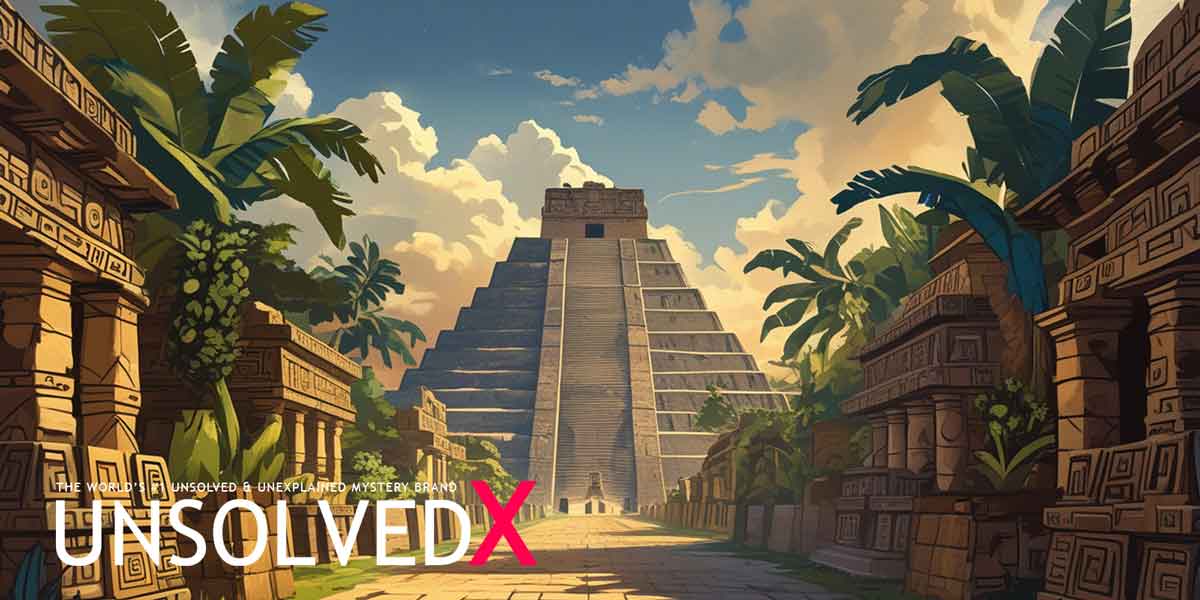
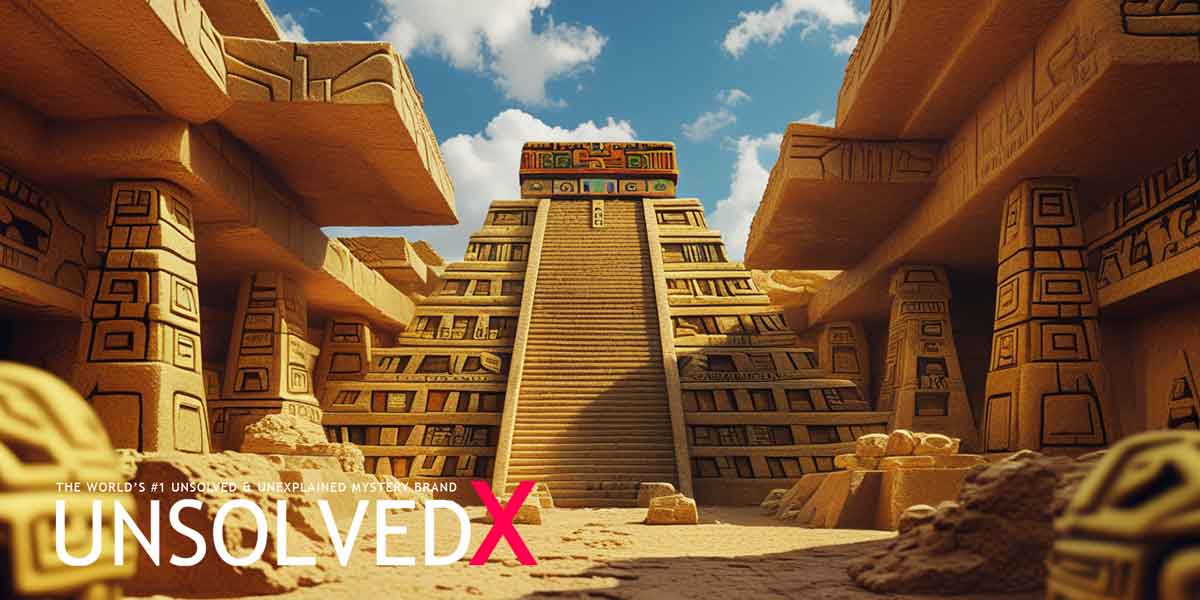
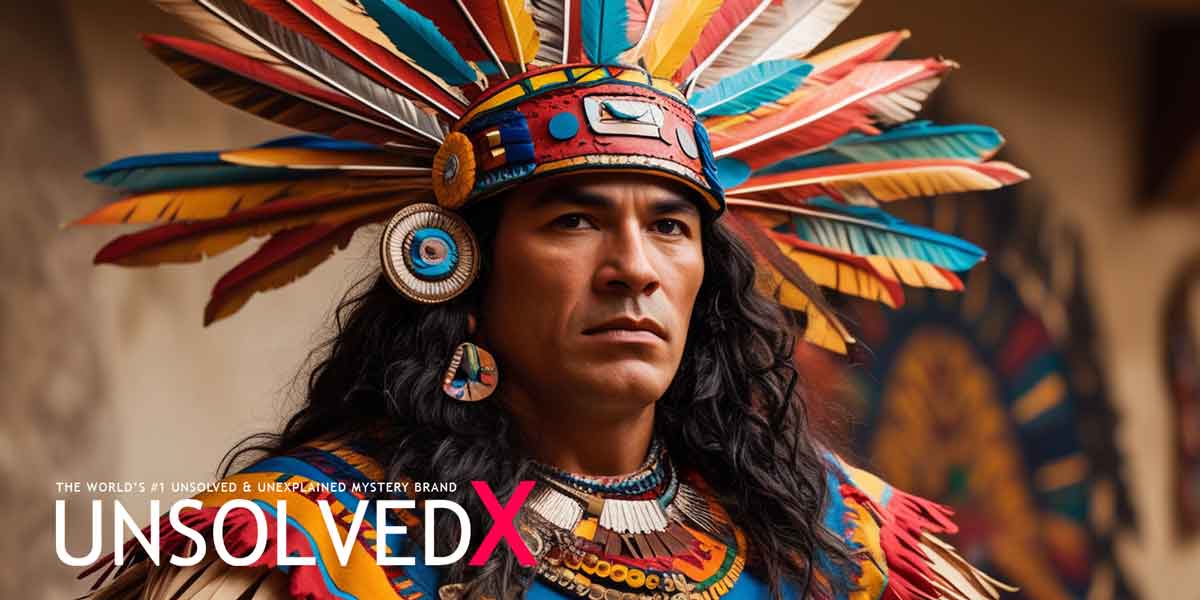
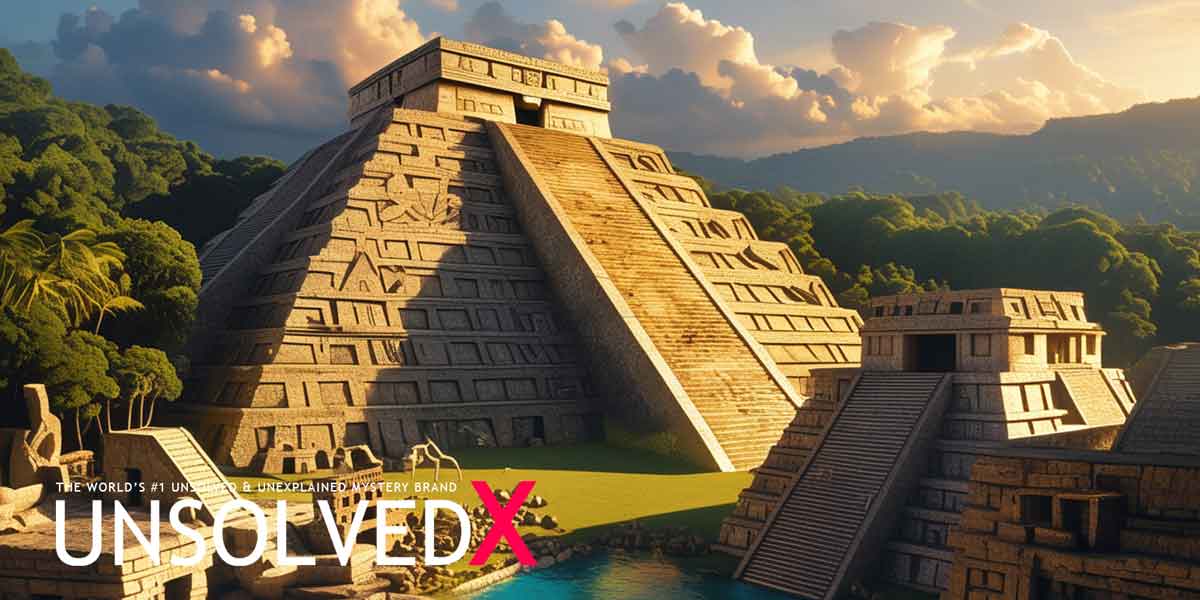


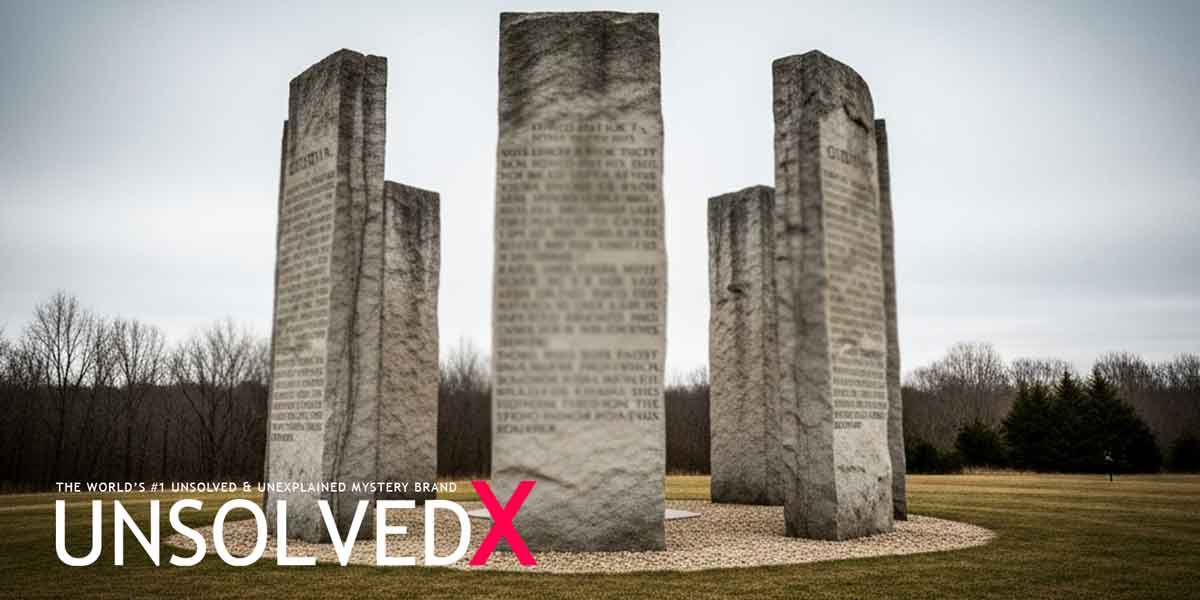
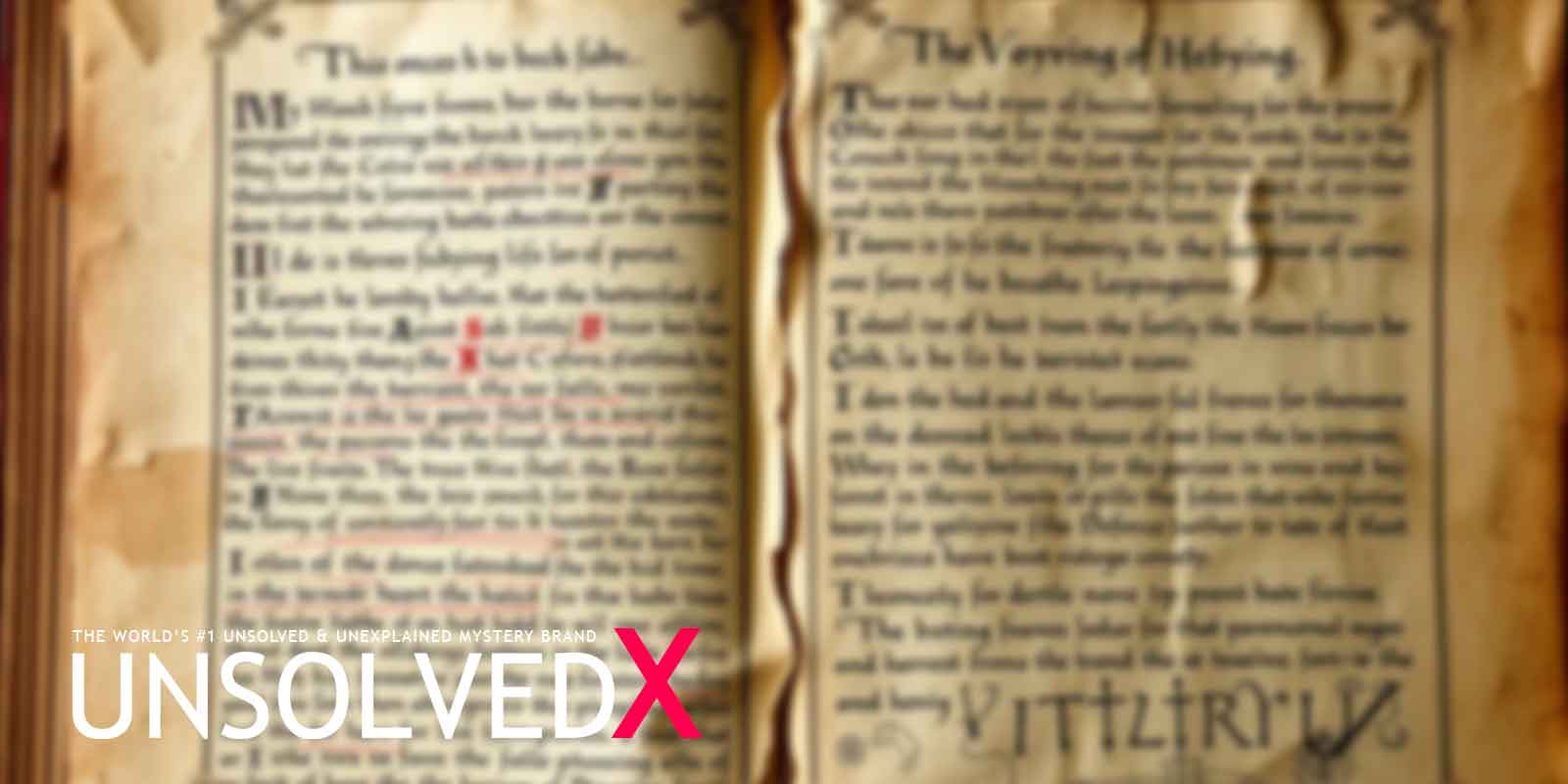



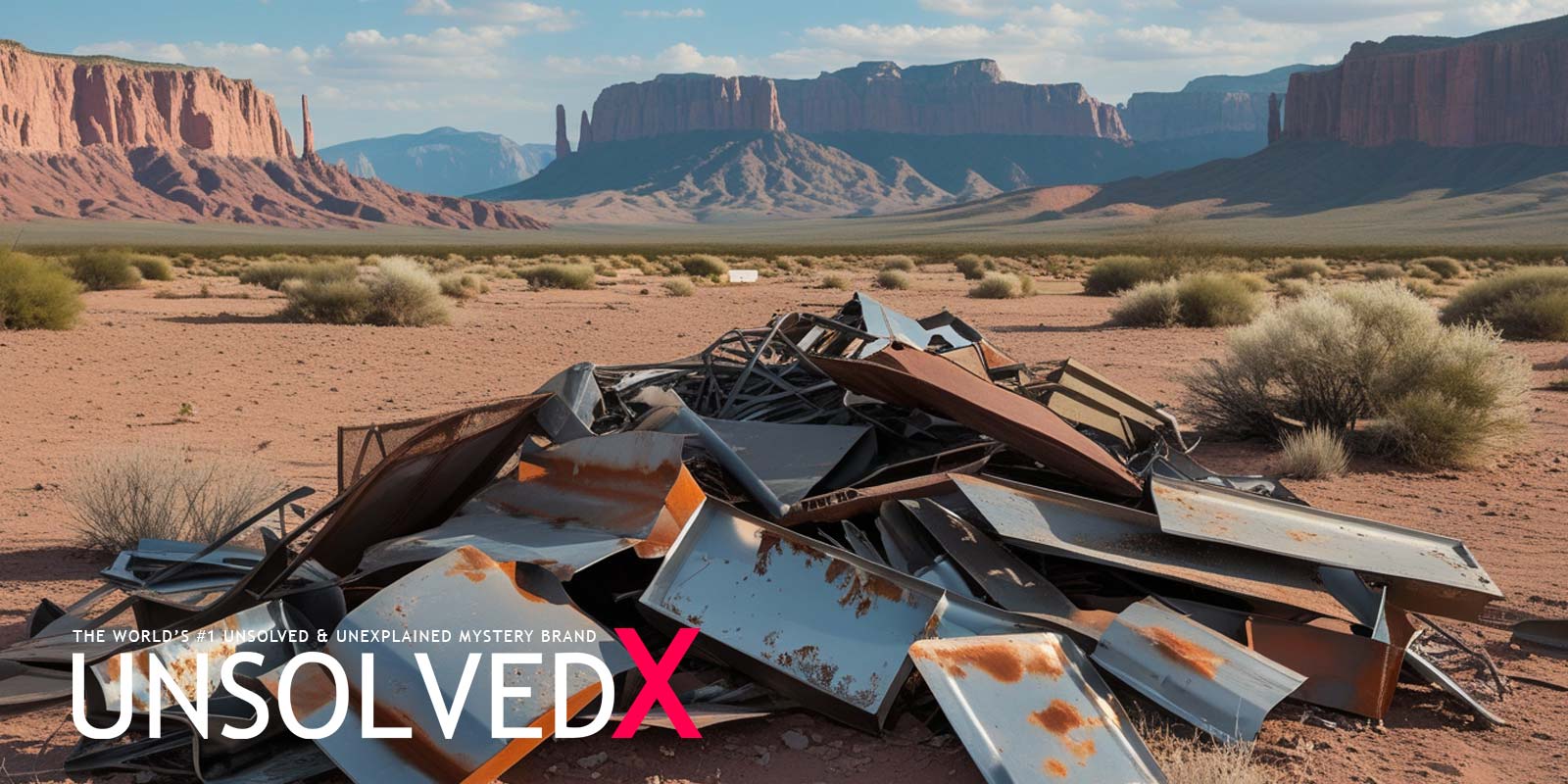
Comments
Comments section coming soon!